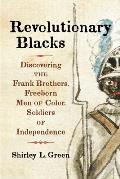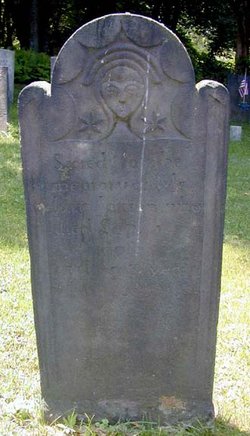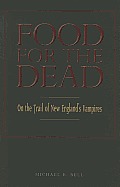Yesterday I recounted the
British army’s march in February 1780 from their lines at King’s Bridge,
New York, up to Joseph Young’s farmhouse in White Plains.
The
Continental Army had moved into that stone house and used it as a base to impede
food shipments into British-occupied New York. That winter, the outpost was under the command of Lt. Col. Joseph Thompson of
Brimfield.
According to Gen.
William Heath’s
report on the fighting, Thompson had five companies under him, led by Capt.
Abraham Watson of
Cambridge, Capt. Moses Roberts of
Marlborough, Capt. Orringh Stoddard of
Stockbridge, Capt.-Lt.
Michael Farley of
Ipswich, and Capt. James Cooper of
Taunton. During the night, those companies were spread out two miles and more on each side of the house.
At about nine o’clock on the morning of 3 February a mounted scout named Campbell told Thompson that he’d spotted Crown horsemen about two miles away. The lieutenant colonel decided to maintain his position and sent orders for the companies to consolidate with him.
The British force came closer. In the morning’s first exchange of fire, the
Loyalist mounted troops overran and captured a sergeant and eight men serving as a forward guard. Then the horsemen came in sight of the stone house. As Watson, Roberts, and Stoddard’s companies drew up in the garden, British guard units appeared, about two hundred strong.
Heath reported:
Our Troops preserved their order and did not fire untill Some time after the Enemy began; when they received orders to fire the Enemy immediately Scattered, availing themselves of Trees and the Ground, of which, it must be acknowleged, they very judiciously took the advantage, Springing from one tree & place to another, and constantly gaining Ground—
On the British side, Ens.
George Eld described a “a spirited & brisk conflict of firing, during which time our detachment formed more collectedly than at the first advance was possible to effect, from the depth of the snow.” Then “the Light Infantry Horn sounded the charge.”
Lt. Col.
Chapple Norton’s British companies advanced from multiple directions. Heath wrote: “their fire being directed both against the front and flank of our Troops—and, a number being kill’d & wounded they broke, Some retreating up the road, others into the House, from the doors & windows of which they fired on the Enemy.” The remaining two Continental companies arrived and fired from a distance two or three times, but to little effect.
As Americans fled into the woods, horsemen charged after them. Heath later wrote of “Mayhew, a pedler, well known in Massachusetts,” who veered off the road into the snow, “almost up to his hips.” Two riders charged down his path. He called out to ask if they would ”give him quarter”—let him surrender.
“Yes, you dog, we will quarter you,” the pursuers reportedly answered. Mayhew turned and shot at the first rider. The man shouted, “The rascal has broke my leg!" Both the horsemen turned around. Mayhew waited a few moments, waded out to the road, and got back to the Continental lines.
Back at Young’s house, the Crown forces swarmed over the grounds. Lt. Col. Thompson surrendered. Fourteen of his men were dead, including Capt. Roberts, and seventeen were wounded, some badly. More of the British column, including the
Hessian companies, arrived to help corraling nearly a hundred
prisoners.
Ens. Eld wrote in his diary: “The house was fired & many of the enemy who had retreated for security to the cellars were crushed in the burning ruins.” However, American and other British sources on the scene don’t mention men being caught in the flames. Instead, Norton ordered the buildings burned to prevent them from being used again.
Casualty reports vary, but it appears the British suffered five dead in all and eighteen wounded. They had successfully pushed the nearest Continental outpost back to “the Quaker church on King’s Street,” according to Maj. Carl Leopold Baurmeister of the Hessians. Lt. Col. Norton’s gamble to proceed with the mission had paid off.
Leaving Young’s house and outbuilding in flames, the redcoats began the twenty-mile trek back through the winter landscape to their lines. This time they could use the roads. They left up to a dozen of the worst wounded prisoners at houses along the way to avoid being slowed down. Lt.
George Mathew wrote with pride, “we marched a good forty-six miles in twenty-four hours, in deep snow, and across the country to avoid giving the alarm. . . . We left Kingsbridge at ten o’clock one night, and returned about the same hour the next.”
Once all the Crown soldiers were gone, Continentals ventured back out to the site to collect and bury the dead and then withdraw again. The photograph above,
courtesy of M. A. Kleen, shows the 1923 memorial standing near the site of the mass grave for those soldiers.

%2C_Nova_Scotia.png/250px-James_Moody_(1744-1809)%2C_Nova_Scotia.png)















